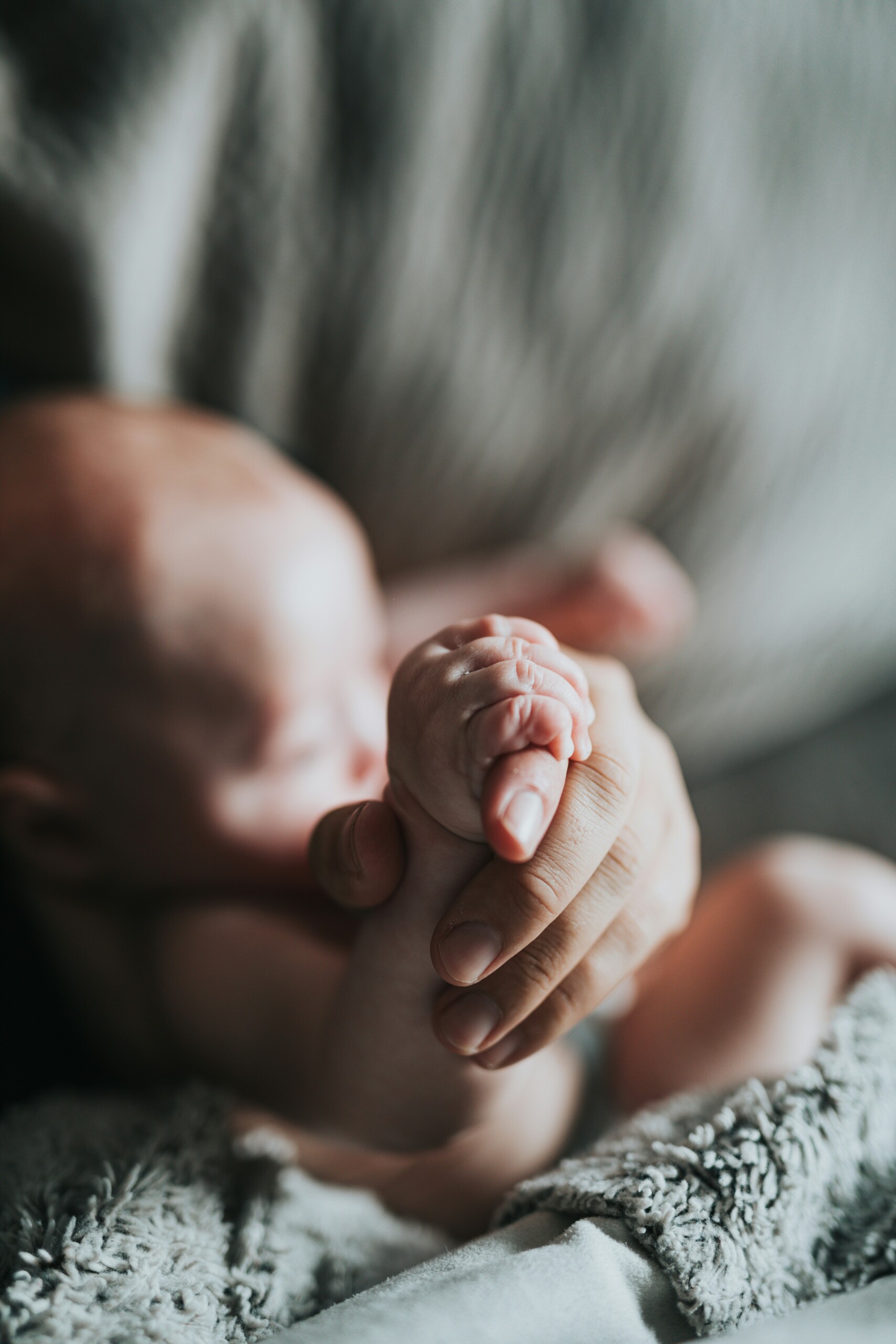When I was a young professor, before I had children of my own, I found myself getting too emotionally entangled with my students.
I don’t think I violated students’ boundaries or did anything intrusive. I was too constitutionally timid for that. But I DID take my students’ problems home with me at night, identifying with them too cripplingly and completely. I held them too tightly within myself and felt too, irrationally responsible for their resolution – or at least, responsible for my students’ own peace amidst irresolution.
After I had my own children (and arguably became too emotionally involved in their problems), I began to get some clarity. I had “mother wounds,” and I was in danger of perpetuating them. I had a mothering instinct that was going awry.
What did this mean, practically speaking?
Well, time had taught me this: A mother is where a child feels safe. And from this place of safety, the child finds calm and can develop in peace. I have heard some psychiatrists say that a mother’s embrace (literally or figuratively) is where a distressed child can “return to joy.” From the outside, as it were, the child experiences a gift of emotional regulation that can be internalized and, later on, emulated.
I realized that in my early professorhood, I had instinctively and unknowingly been trying to help my distressed students (who were no longer children!) “return to joy.” My unacknowledged instincts had taken over. And because the professor-student relationship was no place to practice emotional mirroring and unconditional safety-making, I naturally perceived myself as failing – over and over. I felt crushing empathy and responsibility without scope for addressing it, and I didn’t understand why.
In other words, the particular burden of “mothering” I was subconsciously taking on wasn’t mine to bear.
Later, when my own children were small and full of distress or fear, that burden finally did become mine, and I recognized it. I had to stay calm and sweet when my own kids spun out, so that they had a place to “return to joy.” I even had to do this when I underwent treatment for stage 3B cancer. This was my true burden, and I knew it. I couldn’t shirk it, and I felt the strength to carry it, against all odds.
Yet now, as my children get older, even that burden changes, and I find that my role as an anchoring “safe space” diminishes. Now, I sometimes have to let my children sit with hard truths and feel the rush of negative emotions. It’s not right for me to “make it better” in these cases. They have to ride it out and live with the dissonance. That instinct I felt as a young professor, it turns out, had remarkably limited applicability. Already it has become obsolete in my own life – probably forever.
And yet…how many women in teaching and leadership positions feel like they have to facilitate “returns to joy” for the people in their ambit? How many women instinctively take on pains that aren’t theirs to bear, and instinctively take away pains (or at least try to) that are meant to be suffered? The pull to “mother” in this way is very strong. And the demand for “mothering” of this kind, even among adults, is ubiquitous, unconscious and crushing. So many of us have “mother wounds,” coming from developmental lacks of joy and safety, that fluoresce and cry out in all kinds of adult spaces, without anyone really knowing what is happening. When a mothering heart senses those wounds, it responds unconsciously and even, sometimes, self-destructively.
I think some female professors encounter “misogyny” in the classroom that is really the result of wounded students subconsciously demanding “returns to joy” instead of, say, analysis or data. I think the same is true in certain fraught workplace relationships, whether between men and women or between colleagues of different generations. I also think this “mothering instinct,” subtly facilitating or promising a “return to joy,” can be used to manipulate and control.
Much has been said, lately, about the emotional work women do. For example, The New York Times recently ran a bombshell piece titled, “Why Women Are Weary of the Emotional Labor of ‘Mankeeping’.”1 This prompted both backlash and fierce support online. And it’s only the tip of the iceberg.
But what is the origin of this imbalance?
We are still in early days, I think, when it comes to understanding what women’s hearts and instincts bring to historically novel situations (e.g., the modern workplace and the modern college classroom). There is much soul-searching to be done about when (and when not) to “mother.”
And so I ask myself: how do my own “mother wounds” affect my knee-jerk reactions? Who, if anyone, should I “return to joy?” Do my own developmental lacks make me overcompensate? When do we just have to “sit” courageously and openly with suffering? (The answer, I think, is “most of the time.”) And what does real, spiritual joy look like when the developmental kind has been surpassed like a stepping stone?
When is the question no longer one of “return” and self-regulation, but rather of ascent (in a way) and self-abnegation? I don’t know. I still struggle daily with questions of pain: when to accept it for myself and others, when to seek its ending, when to take on others’ pain in a deep way, and when to remove myself from a rough place.
***
But I know a turning point, for me, was this: encountering Jesus on the cross in prayer.
Jesus on the cross means many things; perhaps most often, he means Savior.
But I have also encountered Jesus as innocent Sufferer – more innocent than any child, but also far more tormented. And His pain could not be taken away. All I could do was weep and weep, until it seemed there were no tears left. Until my face was dripping wet and a little puddle quivered on the floor.
And it felt right.
***
There is a certain kind of pain and acceptance that comes when we behold a providential martyrdom – pain that elevates and heals. Mary saw it when she watched her Son go off to die, and she did not resist. Many mothers see it when they watch their children do difficult things, or even watch their own children die. All of us will suffer our special martyrdom, for we must follow in Jesus’s footsteps before the end. And all of us will behold it, far off and at close range, time and time again. Every day is laced with it, a little. And sometimes it fills our entire horizon.
When Jesus walked the Via Dolorosa, did he catch his mother’s eye as if to say, “walk with me?” Did he whisper, “Ima, this is how the sword pierces your soul?” (Luke 2:35)
At the end, indeed, there is a return to joy. But before there is slicing sacrifice. I pray I can learn when to love painfully and when not to. And I pray I can learn, after loving, to completely let go.
























Katie, it is not an exaggeration to say every time I read one of your blogs I walk away encouraged, more thoughtful, and deeply challenged. I keep thinking about your line: “At the end, indeed, there is a return to joy. But before there is slicing sacrifice.” This piece is no different. Thank you for being so transparent and challenging us to think deeply about our profession, and most importantly, our lives with God.
Katie, you are commended for having such genuine care for your students, whatever you have worked through over the years in finding more balance. Our role as servants in a profession too often driven by numbers is often a slippery slope. May we continue to land on the side of the students we work with, and the array of diverse needs they carry during their very vulnerable college years.
Women indeed have relationships with their children, as my wife does, that are qualitatively different from those of their husbands. But thinking of Jesus encountering a woman whose son had died, leaving her alone and thus restoring him to life to care for her, and encountering Jairus, a religious leader whose daughter had died but received her back alive and healthy, I think that while mothers have a unique empathy for their children (beautifully built into their nature), empathy and compassion are universal virtues. Christ, a man, had both empathy and compassion, and taught through parables such as the Good Samaritan and The Prodigal Son that He expects that of us. I have frequently witnessed and appreciate the special feelings that my female colleagues have for their students (while being tough as nails at grading time!!!), but also see a standard set for us male professors, and men in general, by Christ Himself, history’s greatest example of male empathy, compassion . . . and toughness, even in the darkest moments.